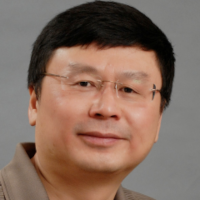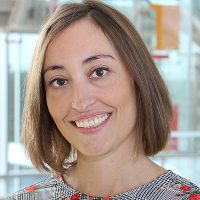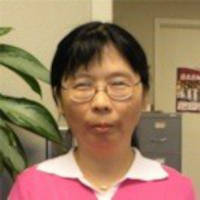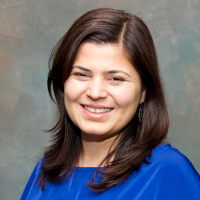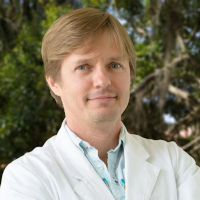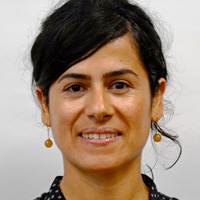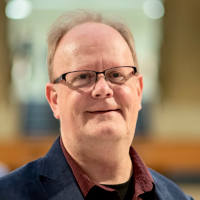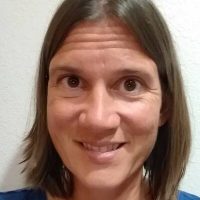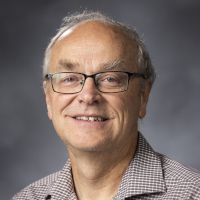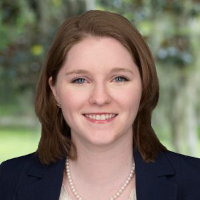Yang Kuang (Arizona State University, Mathematical and Statistical Sciences)
Zoom To obtain the Zoom link, please contact Youngmin Park at park.y@ufl.edu.Rich and realistic dynamics of resource quality based population models All organisms are composed of multiple chemical elements such as nitrogen (N), phosphorus (P), and carbon (C). P is essential to build nucleic acids (DNA and RNA) and N is needed for protein production. To keep track of the mismatch between P requirement in the …
